#117 Feeling sick?
Here are some natural winter remedies
In deep winter, it’s not unusual to feel a little off. You might be down with the flu. Or perhaps one nostril has been blocked for a month now. You know it’s not a life or death situation, yet you can’t help but miss feeling 100%. Where you get up each morning and feel bulletproof. Where it feels like you can run through a hundred brick walls.
You’ve not felt proper warmth from the fiery ball in the sky for a while. The days are short. Nights are long. It gets depressing. It’s normal for the body to succumb to a little niggle and it’s perhaps why winters have always been known as seasons of rest and rehabilitation. Of warm stews and nourishing broths. Well, if you have been feeling under the weather, here are some natural ways to feel a little better. Not medical advice.
While a lot of these are self-explanatory (drink more blessed water, down more oysters, eat more oranges, etc) I thought I’d expand a little on some of my favorite remedies along with a simple guide on how you can make some of them for the future!
BLACK SEED OIL
I will never stop raving about the benefits of organic, cold-pressed black seed oil. Legend says it cures everything but death. It might taste absolutely disgusting (you’ll get used to it), but boy does it work!
I take just 1/2 a tablespoon every night as a natural prophylaxis. It minimizes the odds of you falling sick, and what I do is to simply up that dose to a tablespoon if I’m feeling slightly under the weather. It also works great topically, though make sure you’re not applying it to any open wounds or you’re going to start screaming.
If you’re confused as to why we’re wax lyrical over a seed oil, read more here (it’s not the same thing as industrial canola oil!):
FIRE CIDER
Fire cider is a traditional herbal tonic that you can easily make in the comfort of your own home. It’s genius. You’re extracting the benefits of various ingredients and combining that all with the magic of raw honey.
What you want to do is get a clean mason jar and use apple cider vinegar as a base. Then, add everything from grated horseradish, garlic, onions, cinnamon sticks, turmeric, ginger, cayenne, lemons, oranges, peppercorns and really any herb or spice that you’d like. Let that ferment for a few weeks to a month and then strain well. Make sure the lid isn’t on air-tight and that it’s stored somewhere dark, dry and out of direct sunlight. Then you can add some raw honey to sweeten it! 1:1 is a good ratio to counteract the punchy peppery taste of the fire cider, or you could also down it pure like a shot, if you so choose.
Fun fact: Fire cider was actually made popular by the herbalist Rosemary Gladstar. Of course her first name was Rosemary!
GARLIC HONEY
Garlic honey is an age-old natural medicine. Once upon a time, it was incredibly normal to have a mason jar of garlic honey at home, just ready for whenever you’d need it. All you’d need here are just two ingredients: garlic and honey.
Get a clean mason jar, peel and light smash your garlic cloves. Fill about a third of the mason jar with your garlic cloves and then fill it to the brim with raw honey. Make sure every garlic clove is completely submerged in the honey. Let it sit for a month and you now have garlic honey! You can also add some herbs if you’d like. Use a more medicinal honey like manuka or jarrah.
Most natural remedies are asymmetric in nature. Unless it’s something you’re allergic to, natural remedies often come with minimal downsides and unlimited upside. At worst, it just doesn’t work. At best, it makes you feel alive again.
As much as modern medication is there to save our lives and help us in our darkest days, we cannot forget the power natural remedies have — especially when it comes to feeling amazing and getting rid of those tiny issues that are just annoying.
By the way, feeling depressed during winter isn’t a myth. It’s actually classed as Seasonal Affective Disorder (SAD) and is largely attributed to the lack of Vitamin D (which is worse the more melanated you are).
Instead of simply taking Vitamin D supplements (which in my opinion isn’t something you should rely on since long term use has been associated with joint issues), you’d be better off increasing your intake of Vitamin-D rich foods. Add some cod liver in your diet. Eat sardines. Have some sun-charged mushrooms. And remember, summer is coming.
“In the midst of winter, I found there was, within me, an invincible summer” — Albert Camus
This is life
The perfect day oscillates between relentless work and deep leisure
One big dream
Of dreams, splendor & grand sculptures
Full moon energy
What’s your favorite sandwich?
Oh boy was this one controversial…
The oldest aphrodisiac
Treat yourself to some chocolate
❋ CHOCOLATE-DIPPED CROISSANT ‘BISCOTTI’ FROM KATE REID
Sometimes you don’t want a whole croissant with your coffee. Actually, I’m not crossing paths with any people that fit this description, so that’s potentially a misnomer, but for the purposes of this recipe, let’s pretend there are people out there that don’t want a whole croissant with their coffee.
In Italy it’s common to have a coffee and a biscuit for breakfast, hence why I’ve named this recipe Croissant ‘Biscotti.’ The texture of these thin, caramelized, double-baked slices of croissant are not dissimilar to biscotti, which is traditionally baked first as a large log of sweetened dough, the baked log then sliced into individual thins which are laid flat and baked again, resulting in that famed crunchy, dry texture (perfect for dipping in your coffee).
If you happen to have any croissants left over, this is a sensational little sweet snack to have stored in the pantry. And if you’re like me, and you always want a whole croissant with your coffee, the best thing about these is that you don’t have to stop at one… — Kate Reid, Food52
Panettone really is a brioche like bread with lots of butter, eggs (or egg yolks) and dried fruit (soaked overnight). There are million different ways to making this bread and I will just mention the two most commonly used or talked about methods. These are rough explanations just to give you a basic idea about what to expect.
Traditional method: Traditionally, this bread is made (leavened) using a very strong stiff levain (pasta madre) which is being prepped ahead of time. Usually flour + water/milk + bit of butter and eggs is mixed with the pasta madre or the levain and kneaded to a smooth glutenous dough. This is called the “first dough”. This is then slow fermented overnight (10 hours or so) until triplQed. Then on the second day, everything else (rest of the butter, eggs, sugar, a little flour etc) are added and mixed until you get a silky dough. Soaked fruit is then mixed in. This silky dough or the “second dough” is then divided, pre-shaped, shaped before being placed in molds and proofed. The proofed bread is then baked.
❋ Read our latest WARKITCHEN magazines:
❋ Get your copy of Optimal Fuel: Your Nutrition Playbook here. It's a cookbook and nutrition guide — all in one. All proceeds goes towards an outrageous amount of hearty ribeyes and raw honey!
❋ If you’d like to contribute an article or sponsor a future issue, please send us your pitch to rocky@warkitchen.net.
❋ We release a digital magazine issue every month. Explore the full archive here.
❋ Adding us (rocky@warkitchen.net) to your contacts, or moving us to primary will make sure you continue receiving these emails. Connect with us on all our socials.






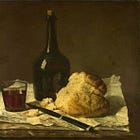
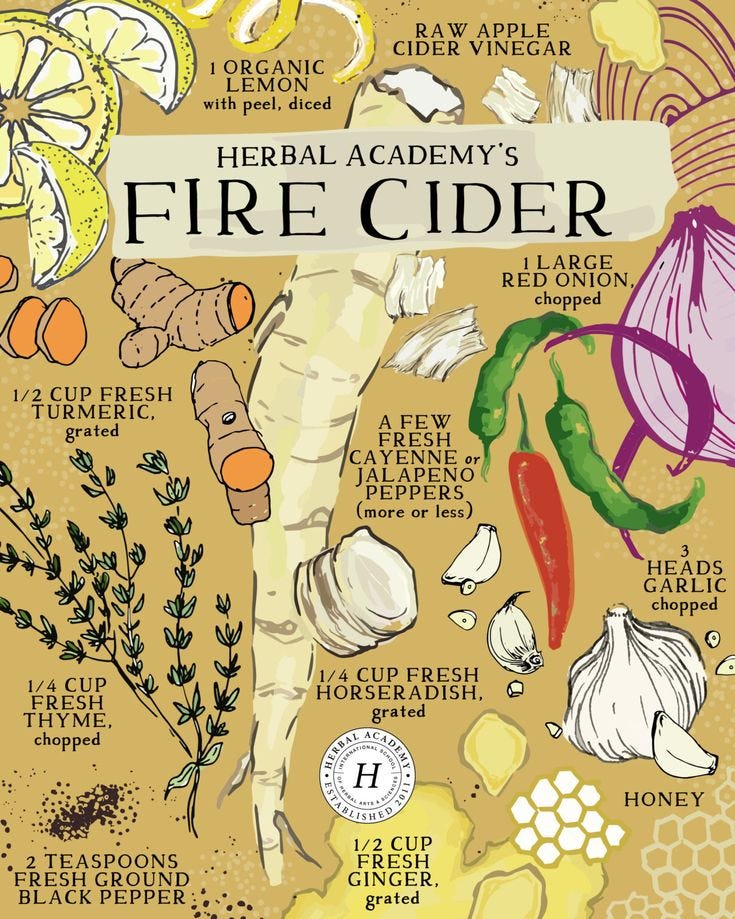


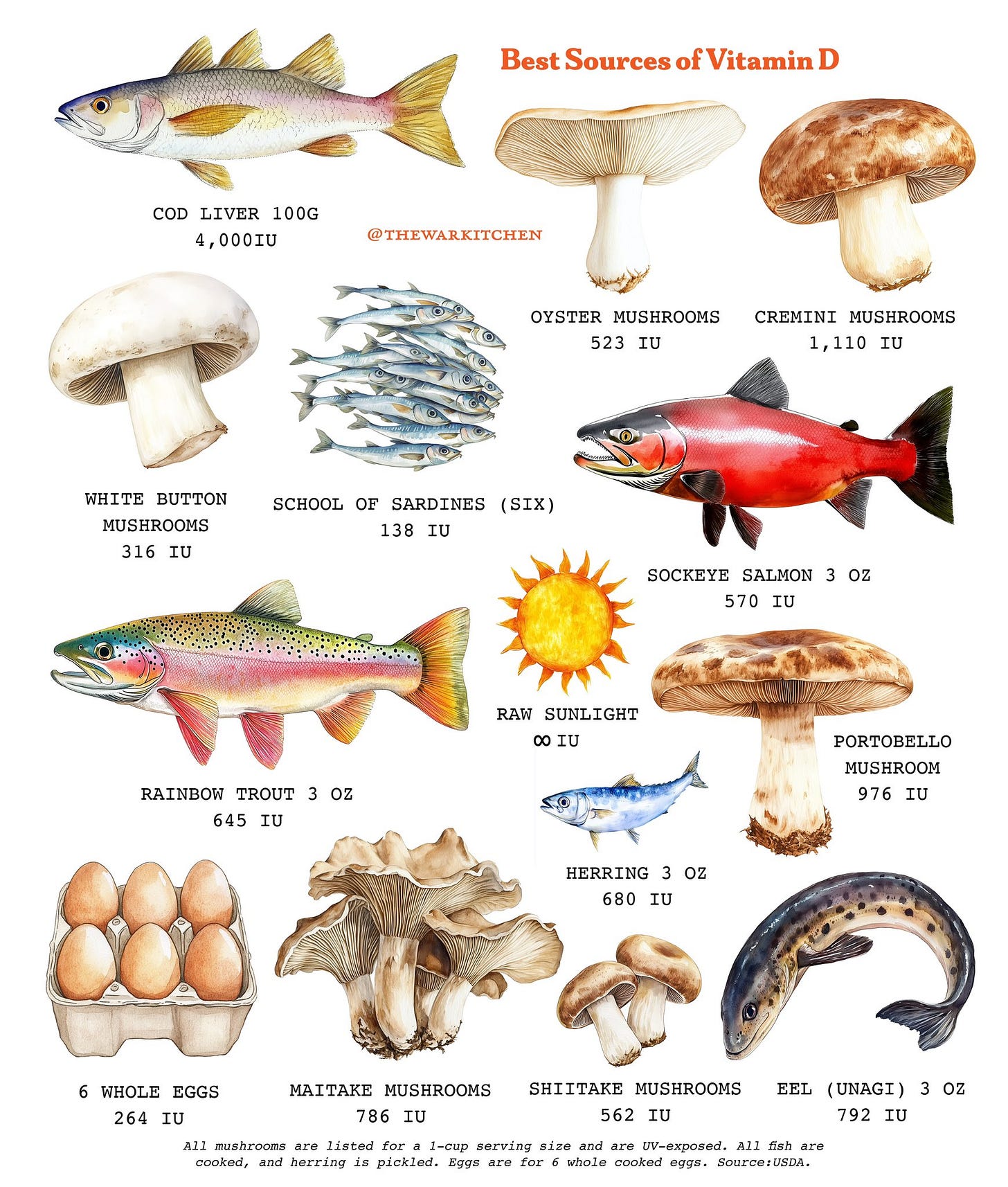

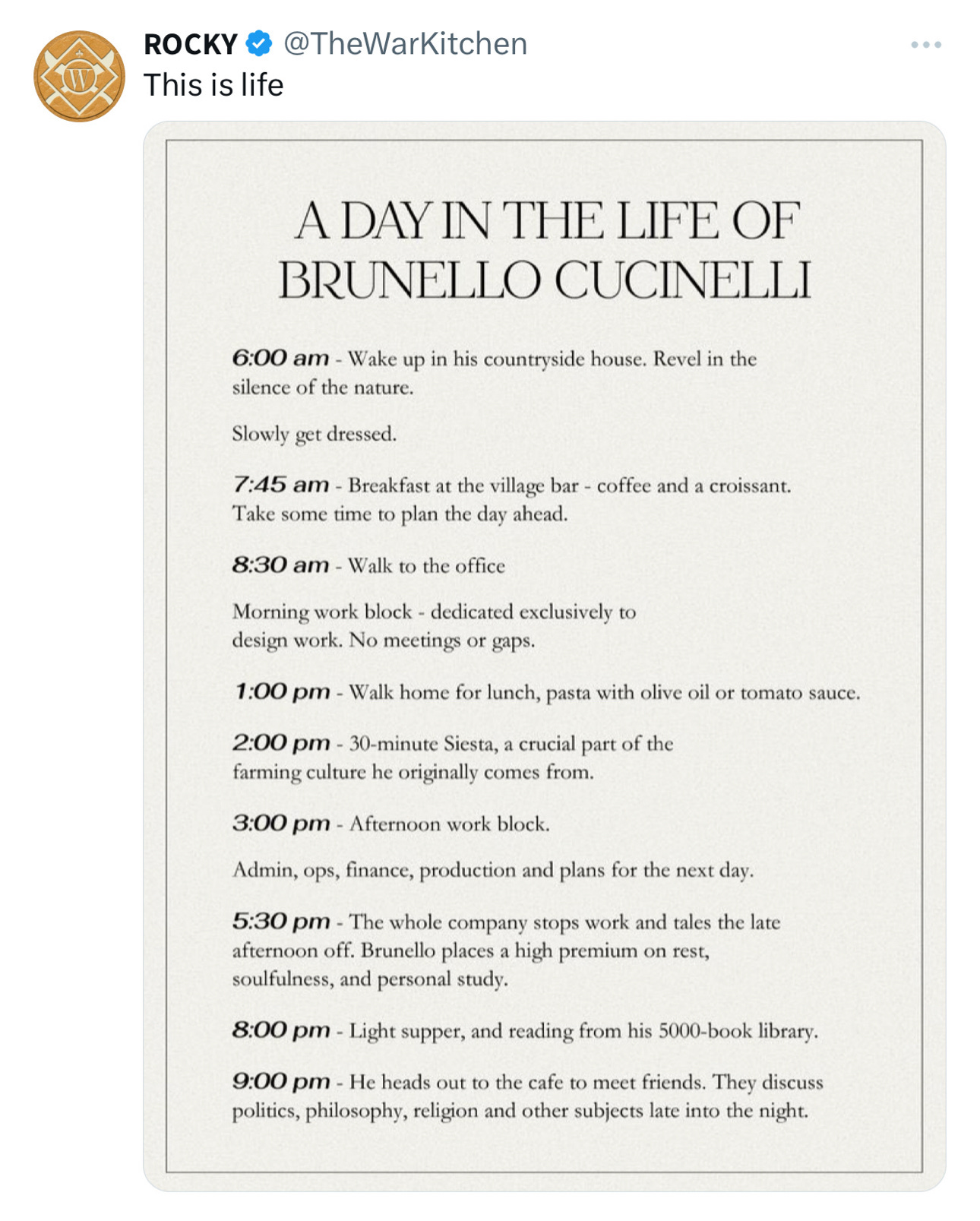





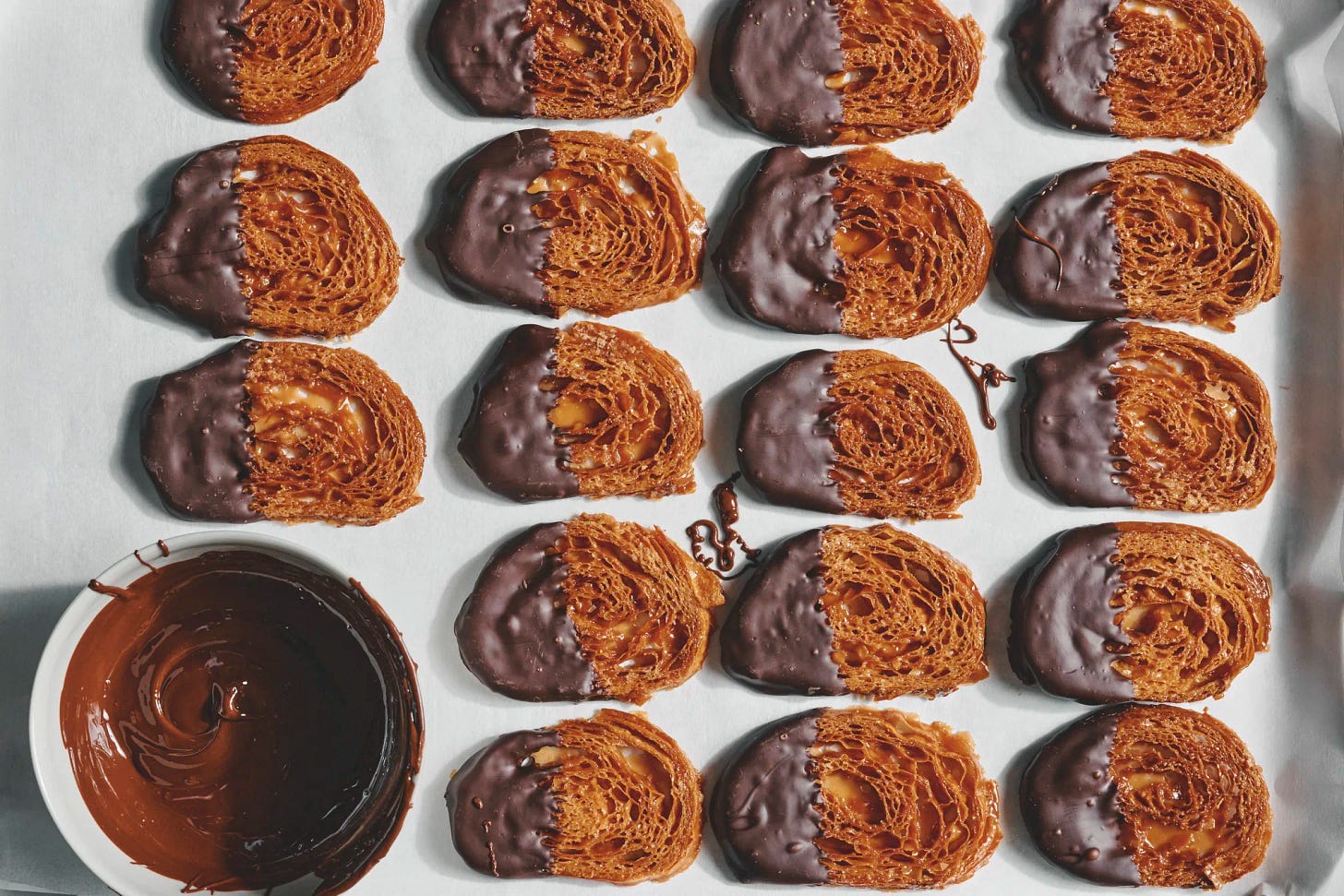


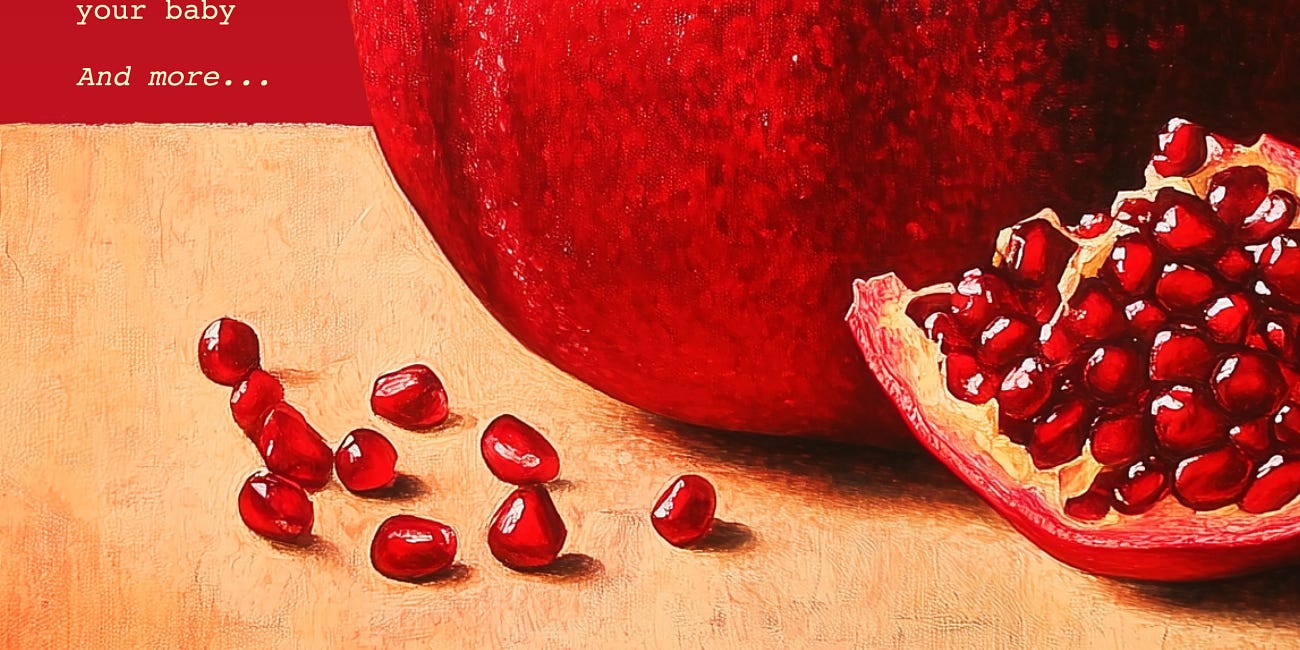


Raw honey during the winter feels like jarred sunlight. Its really incredible how the humble, quaint and cost-effective canned sardines make such an impact on the system! Swallow the first fish and the body says MORE.
Thank you, War Kitchen, for the art you produce. Its not just the comfy visuals on your posts and articles, but the carefully plucked yet refreshingly informal style of every sentence you offer us.
Found you on Instagram, and I'm so thankful that you're over here too!